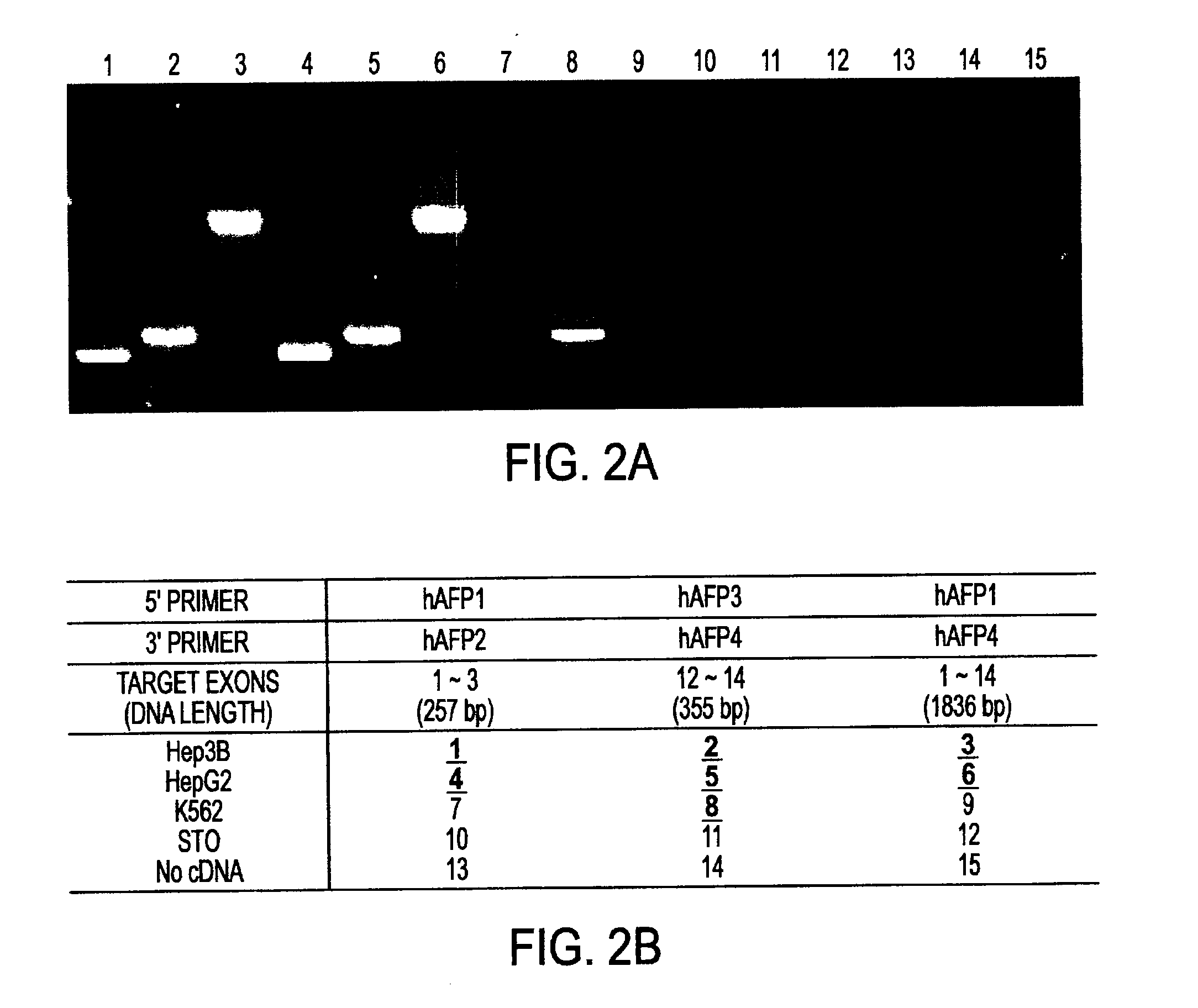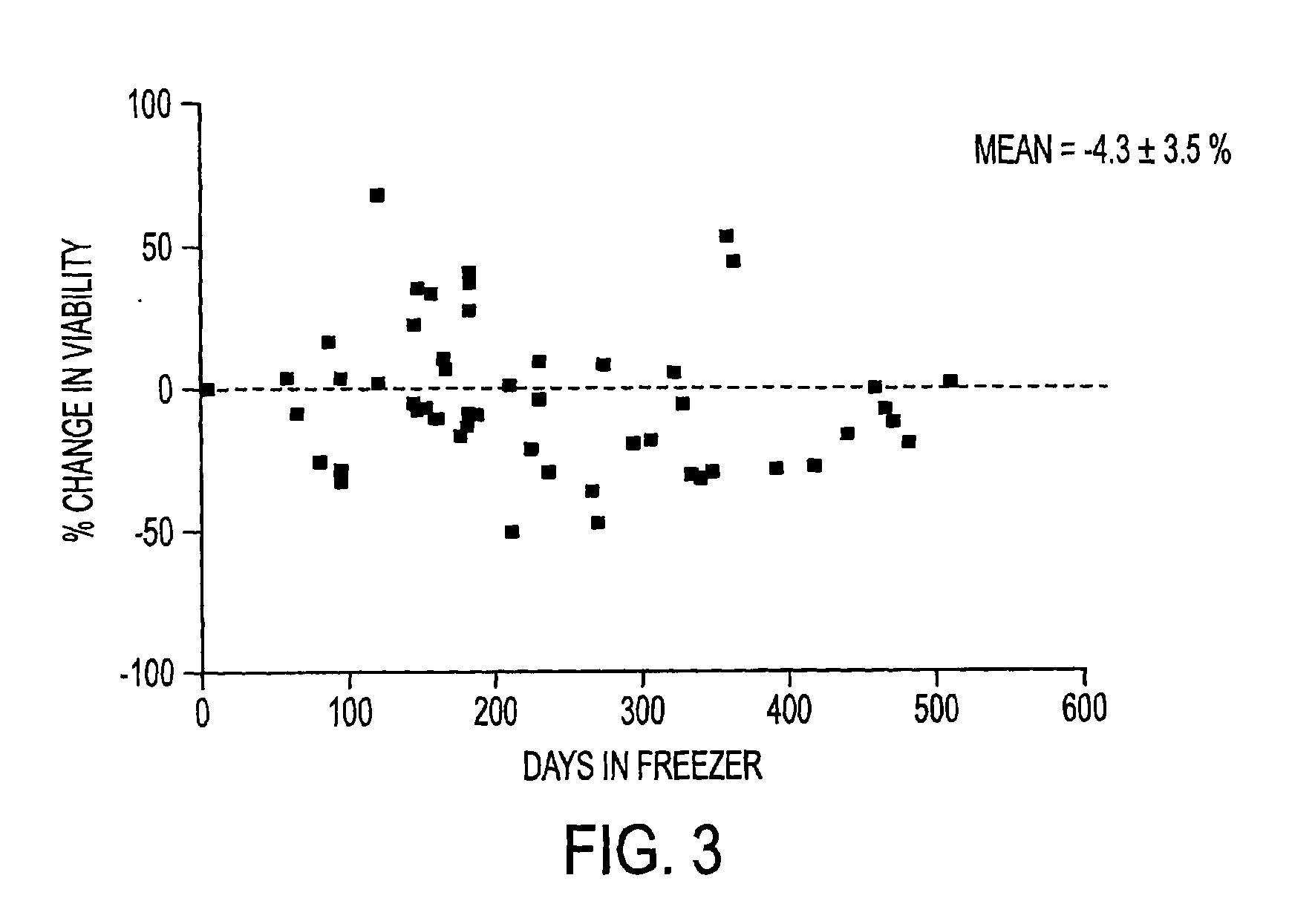Liver tissue source
a liver and source technology, applied in the field of liver tissue sources, can solve the problems of liver transplantation, lack of liver donors, and failure to obtain livers from cadaveric (asymtolic) donors, and achieve the effect of extensive growth potential and minimizing the formation of large emboli
- Summary
- Abstract
- Description
- Claims
- Application Information
AI Technical Summary
Benefits of technology
Problems solved by technology
Method used
Image
Examples
Embodiment Construction
[0058]In the description that follows, a number of terms are used extensively to describe the invention. In order to provide a clear and consistent understanding of the specification and claims, the following definitions are provided.
[0059]Alpha-fetoprotein-like immunoreactivity: Any immune reactions caused by alpha-fetoprotein. Alpha-fetoprotein derives from variant forms of mRNA some of which are unique to hepatic progenitor cells and some to hemopoietic progenitor cells.
[0060]Committed progenitors: Immature cells that have a single fate such as hepatocytic committed progenitors (giving rise to hepatocytes) or biliary committed progenitors (giving rise to bile ducts). The commitment process is not understood on a molecular level. Rather, it is recognized to have occurred only empirically when the fates of cells have narrowed from that of a predecessor.
[0061]Hepatic cells: A subpopulation of liver cells, which includes hepatocytes and biliary cells.
[0062]Liver cells: As used herein...
PUM
| Property | Measurement | Unit |
|---|---|---|
| Temperature | aaaaa | aaaaa |
| Time | aaaaa | aaaaa |
| Time | aaaaa | aaaaa |
Abstract
Description
Claims
Application Information
 Login to View More
Login to View More - R&D
- Intellectual Property
- Life Sciences
- Materials
- Tech Scout
- Unparalleled Data Quality
- Higher Quality Content
- 60% Fewer Hallucinations
Browse by: Latest US Patents, China's latest patents, Technical Efficacy Thesaurus, Application Domain, Technology Topic, Popular Technical Reports.
© 2025 PatSnap. All rights reserved.Legal|Privacy policy|Modern Slavery Act Transparency Statement|Sitemap|About US| Contact US: help@patsnap.com



